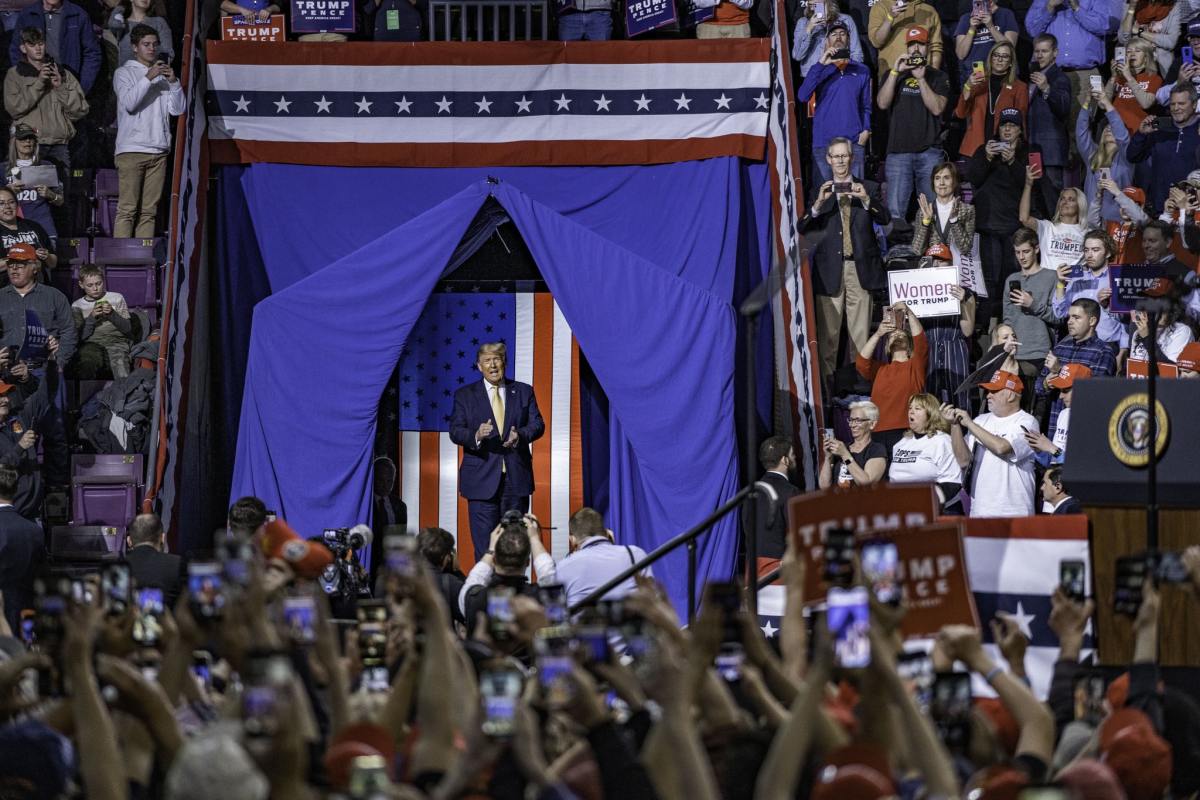As India prepares to host United States President Donald Trump next week, it is being expected that the two countries might work out a trade deal. “We’re going to India, and we may make a tremendous deal there,” Trump said in his commencement address at the Hope for Prisoners Graduation Ceremony in Las Vegas on Thursday.
Trump will be accompanied by First Lady Melania Trump and are scheduled to travel to Ahmedabad, Agra, and New Delhi on February 24 and 25. Similar to Prime Minister Modi’s spectacle event ‘Howdy Modi’ which happened last year in Houston, Texas, President Trump will be received by the people of Ahmedabad in an event called ‘Namaste Trump’.
Advertisement
There have been reports that the First Lady would also attend New Delhi government school’s happiness classes which were introduced by the Aam Aadmi Party government.
Ahead of the visit, there have been talks about India and the United States agreeing on a trade package as a precursor to a major trade deal. During his commencement address, Trump indicated that the talks on this might slowdown if he did not get a good deal.
“Maybe we’ll slow down. We’ll do it after the election. I think that could happen too. So, we’ll see what happens,” he said.
“But we’re only making deals if they’re good deals because we’re putting America first. Whether people like it or not, we’re putting America first,” Trump said. Bilateral India-US trade in goods and services is about three per cent of the US’ world trade.
In a recent report, the Congressional Research Service (CRS) said the trading relationship is more consequential for India, in 2018 the United States was its second-largest goods export market (16.0 percent share) after the European Union (EU, 17.8 percent), and third-largest goods import supplier (6.3 percent) after China (14.6 percent) and the EU 28 (10.2 percent).
“The Trump administration takes issue with the US trade deficit with India, and has criticised India for a range of ”unfair” trading practices,” the CRS said.
“Indian Prime Minister Modi’s first term fell short of many observers” expectations, as India did not move forward with anticipated market-opening reforms, and instead increased tariffs and trade restrictions,” it said.
“Modi’s strong electoral mandate may embolden the Indian government to press ahead with its reform agenda with greater vigour. Slowing economic growth in India raises concerns about its business environment,” CRS said.
As per a fact sheet issued by the Council on Foreign Relations (CFR), trade in goods and services between the two countries from 1999 to 2018 surged from USD 16 billion to USD 142 billion.
India is now the United States’ eighth-largest trading partner in goods and services and is among the world’s largest economies. India’s trade with the United States now resembles, in terms of volume, the US’ trade with South Korea (USD 167 billion in 2018) or France (USD 129 billion), said Alyssa Ayres from CFR.
“The United States for two years now has set out in stone pretty clearly the things that they wanted to see to try to get an agreement, and it’s basically then on India’s doorstep on whether they want to take those steps,” Rick Rossow, Wadhwani Chair in US-India Policy Studies at the Center for Strategic and International Studies think-tank told reporters during a conference call.
“The list of US asks has been pretty static all throughout. Not to say that any of these things are easy for India to do, but the United States to my knowledge didn’t change the goalposts just because we now consider India to be a middle-income country. The things that we wanted to see happen to get this trade agreement have been pretty static all throughout, no matter how difficult they are,” he said in response to a question.











